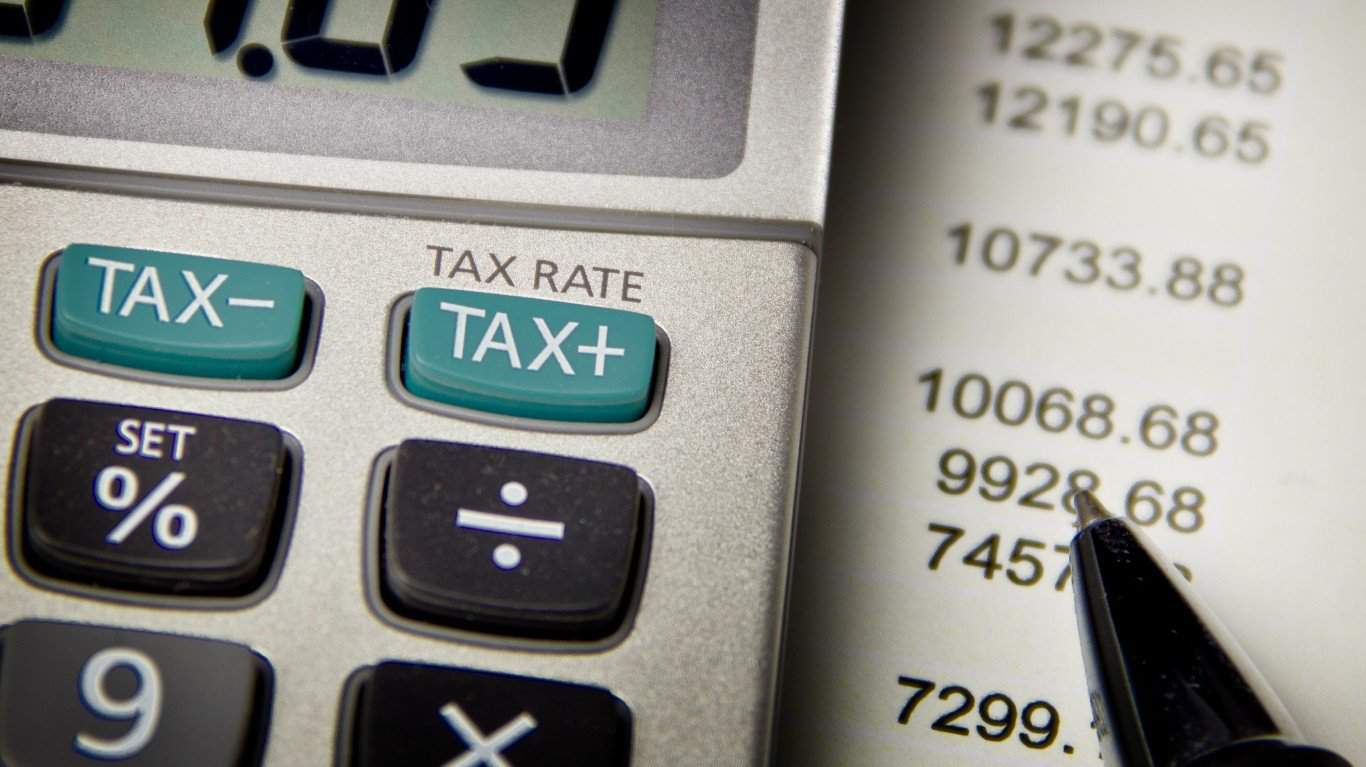The chances are good that at some point in your life, you’ve asked the question, “Why do we pay taxes?” It might be when you look at your paycheck and see how much is taken away. You might also ponder that question when it comes to paying your taxes at the end of the year, and the numbers start to make your eyes water. Today, we’ll help to clarify some of your concerns about taxes and tell you where your money is being spent so you can have a better understanding of this complex process.
To fully understand taxation, you have to go back in time. In this brief history lesson, you’ll learn how long taxes have been a reality and how taxes were collected going back to Roman times. From there, you’ll learn how taxes have evolved over time and when certain taxes became a reality. Then, we’ll tell you how you and your family are taxed. Finally, we’ll tell you exactly where your money is going. From there, you can decide if it’s money well spent.
To answer the question of “why do we pay taxes,” 24/7 Wall Street went into the depths of history to see where it all started. To do that, we researched websites, including the Internal Revenue Service and the National Archives. Then, we used those and other sources, such as TaxFoundation.org and TurboTax, to determine current rules and learn where our tax dollars will go in 2023. By learning more about taxation, you can make educated decisions regarding your own life, and this list of the states where you’ll pay most in lifetime taxes is another good resource.
The First Taxes
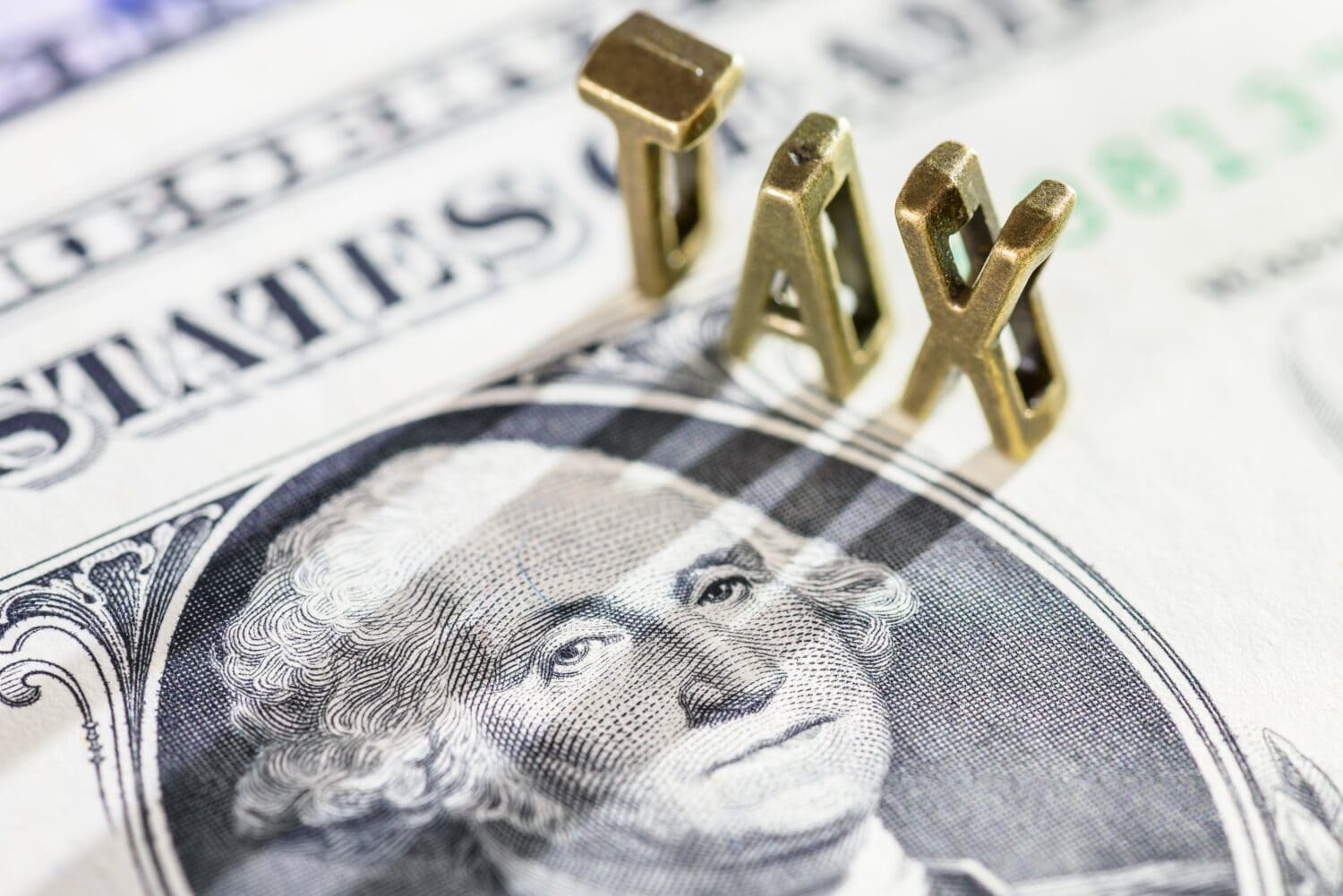
To fully answer the question of “why do we pay taxes,” we first need to go back in time. It’s widely believed that the first system of taxation in existence was around 3000–2800 BC in Ancient Egypt. It was a system set up by the First Dynasty of the Old Kingdom of Egypt. There are even ancient Egyptian symbols that show peasants being seized for failing to pay their taxes. Plus, there were forms of forced labor for peasants who were too poor to pay through traditional means.
Taxation in the Bible

Taxation has always been an important part of life, and there are several mentions of tax collectors in the bible. Since it was the law to pay taxes, Jesus Christ even says that it is right to pay what is due. There are mentions in the book of Genesis that mention paying Pharoah a fifth of your crop when it comes in, and you can keep the rest for your family and to grow future crops. This information tells us that taxes weren’t always paid with money. Another example is that during the Hittite Empire, grains were collected as tax.
Roman Taxes
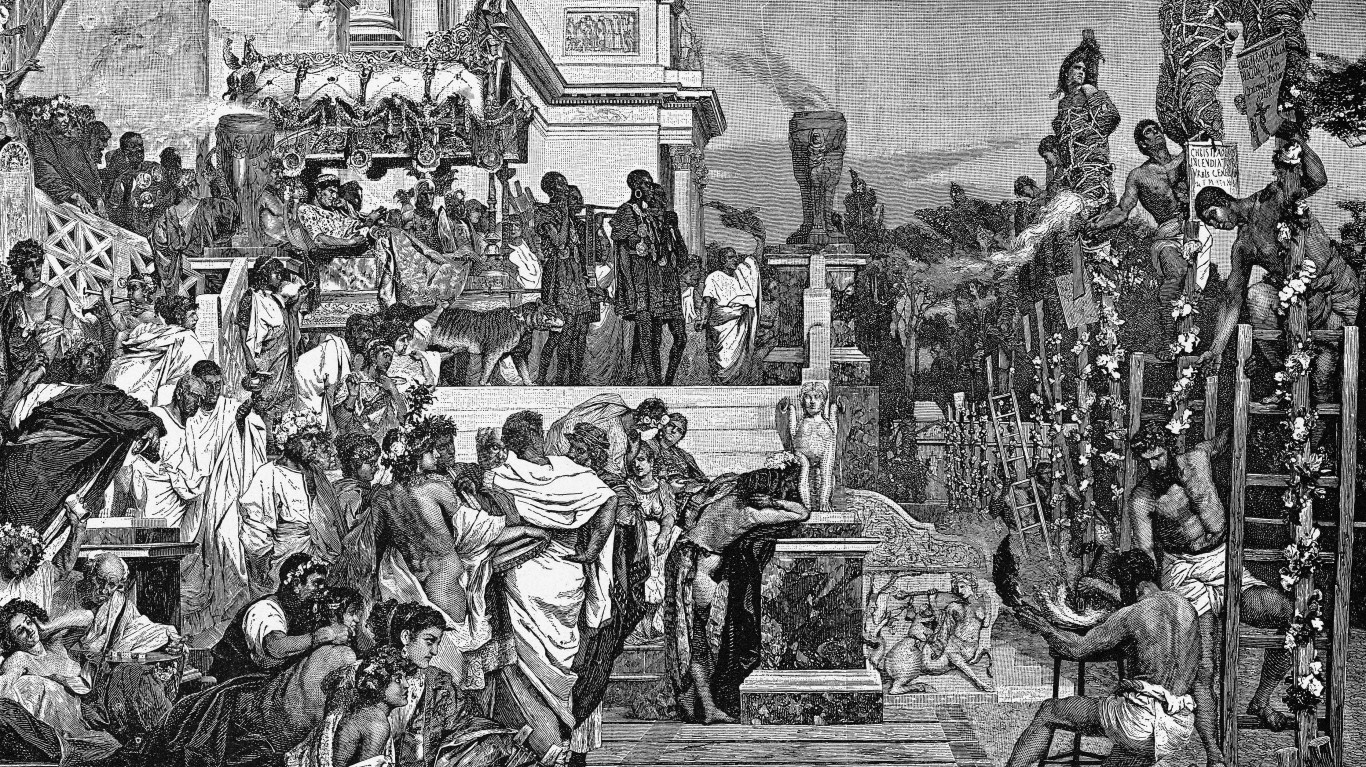
During the Roman Republic, they began counting taxes as a percentage of belongings and property. At that point, taxes were collected at between 1-3% of the assessed value of someone’s total property. Similar to today, the taxes collected by the Romans were used to fund the military, establish trade networks, create public works, and stimulate the economy. In addition to monetary taxes, there was also a land tax and a cattle tax.
America Started Without Taxes
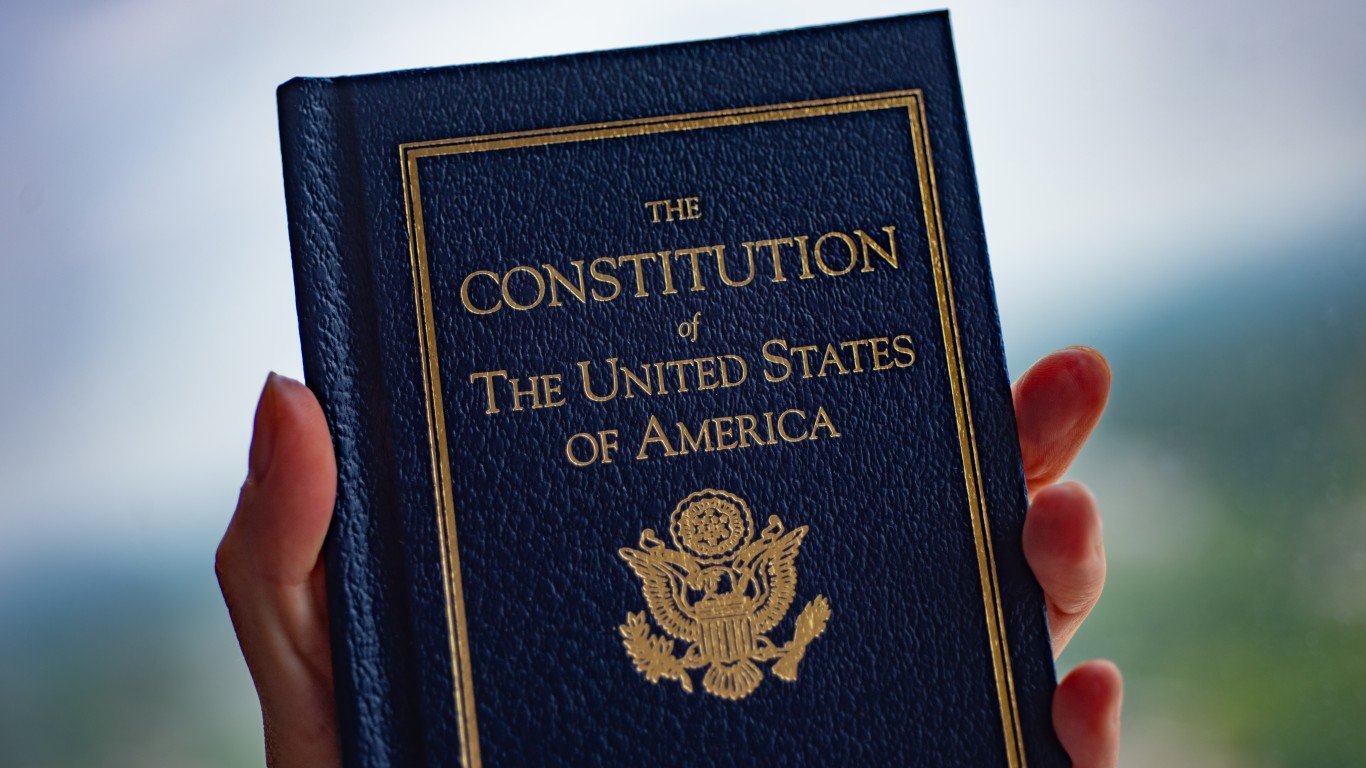
Technically, when America was first founded, it was income tax-free. The reason was that there wasn’t yet a federal government in place to establish an income tax and lay out the rules. Still, the British government imposed taxes on the colonists. One of them was the tea tax that got so out of hand that it resulted in the famous event known as the Boston Tea Party.
New Wars Lead to New Taxes

After the Revolutionary War and America gained independence, the newly formed constitution gave Congress the power to collect taxes. In the beginning, it was just what they called “excise taxes” on specific goods, like tobacco and alcohol. At that point, it was up to the individual states to collect taxes. After the Civil War, the country started collecting income tax. It was also then that the Office of the Commissioner of Internal Revenue was created. Essentially, that’s the beginning of the Internal Revenue Service (IRS). As a result, excise taxes were placed on all goods.
Tax Rates Were Simple at the Start

Today, taxes and tax rates seem to be very complicated, but that wasn’t always the case. When the federal income tax that we’re familiar with was officially enacted in 1913, the rates were relatively simple. People who earned between $0-$20,000 paid 1% tax, people who earned between $20,000-$50,000 paid 2%, people who earned $50,000-$75,000 paid 3%, and it went on from there. Also, everyone paid the same taxes based on income. It didn’t matter if you were married or single. Things have changed since then, and tax rates have increased.
Other Forms of Tax
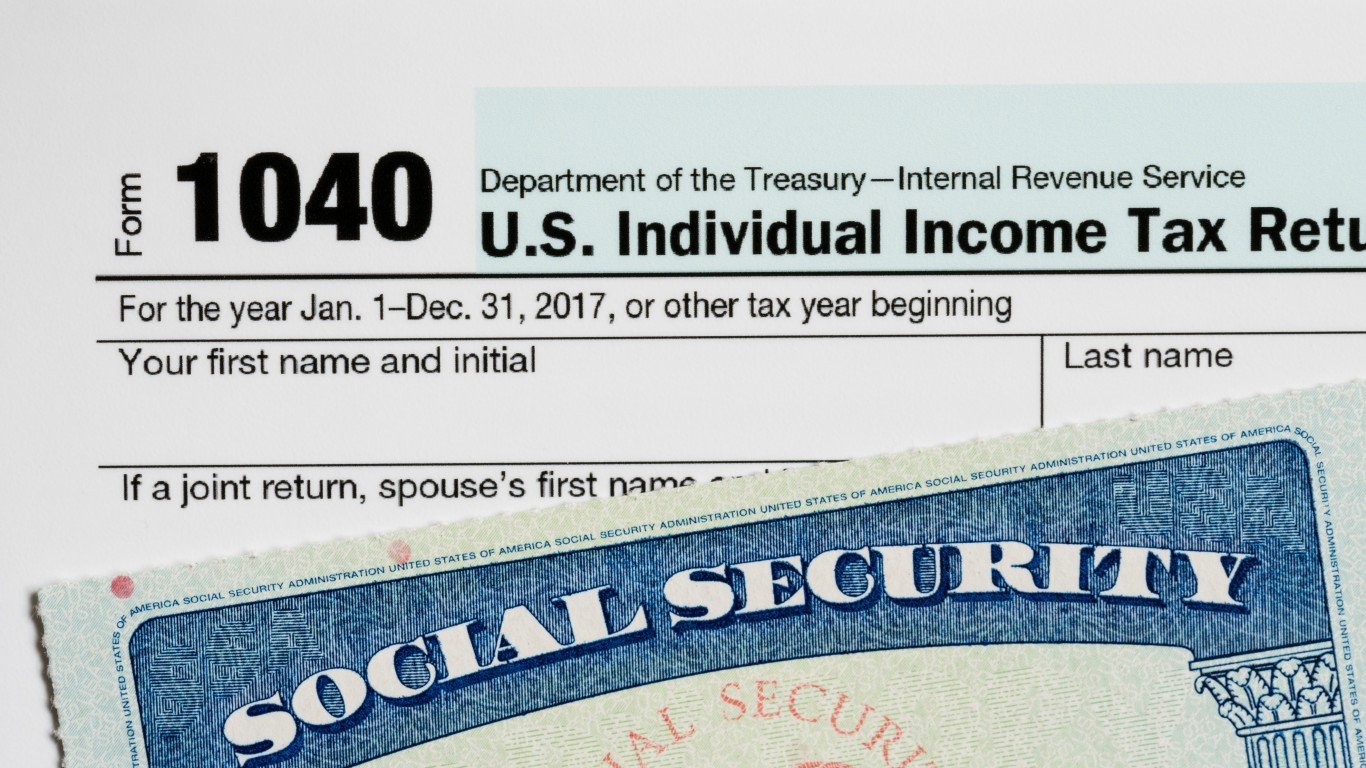
As the years went on, other forms of taxation were created, and we see them today. Estate tax, which is the tax taken after someone who owns an estate dies, began in 1916. There’s also a gift tax, which is the tax on money or a gift that one living person gives to another, and it was also created along the way. Of course, there is also the Social Security tax, which became official in 1935 when President Franklin Roosevelt signed the Social Security Act.
Lesser Known Types of Tax

There are different types of taxes that apply to the things many people buy each day. The gas tax was implemented in 1932 as a way to bring millions of dollars of revenue into the country. Back then, the gas tax was $0.01 per gallon. As of 2023, the average is about $0.18 per gallon. The highest gas tax is currently in California, at $0.68 cents per gallon. There are also investment taxes, which were enacted in 1913. When you also consider dividend taxes, it’s easy to see that the government has its hands in everything.
Sin Taxes

People ask, “Why do we pay taxes,” and while some of it is to fund the government, other taxes are there to discourage people from harmful purchases. They’re called sin taxes, and they’ve been around in some form since 1794. Currently, sin taxes mostly apply to the sale of cigarettes and alcohol, and they are taxed by the federal government and by all 50 states. In addition to trying to discourage the purchase of these products, politicians see this type of tax as an easy way to bring in money and patch government budgets.
How We Get Rich People to Pay Taxes

For decades, there has been talk about how the rich don’t pay their fair share of taxes. Part of the solution is the AMT (alternative minimum tax). Basically, if someone makes so much money that they’re earning more than the highest tax bracket, they’re still required to pay a minimum amount of taxes. As of 2023, it’s at least $63,250 for married individuals who file separately, and it goes up to $126,200 for married individuals filing jointly.
Where Do Our Tax Dollars Go?

Businessman hand sending money to another business person. Transaction, payment, salary and banking concept.
The answer to “Why do we pay taxes” can be broken down into categories. Here’s the breakdown as of 2023:
- 21% of the taxes go to Social Security, which provides money to retired or disabled workers.
- 24% of the taxes go to different forms of health insurance, including Medicaid, Medicare, and the Affordable Care Act.
- 8% of taxes go towards support programs like money for the Earned Income Tax Credit, Supplemental Nutrition Assistance Program (food stamps), and more.
- 8% of the tax budget goes to veterans and federal employees.
- 10% of the tax goes to pay off the national debt.
A Big Chunk of Taxes Goes to Defense

The final major piece of the tax pie goes to our national defense. In 2023, 13% of taxes, or about $806 billion, will fall in this category. 95% of it goes towards buying weapons, paying military personnel, research and development, and operations and maintenance. Want to learn more about the specifics of America’s military spending? Then check out this list of the most expensive military vehicles in the US Army.
